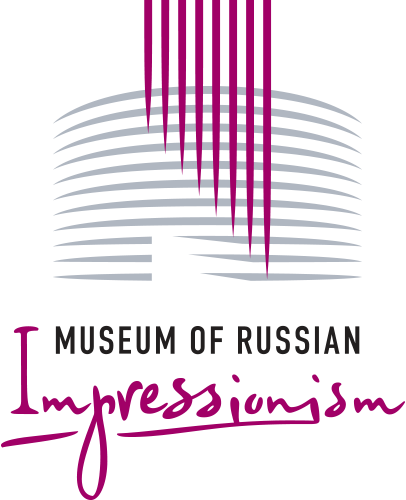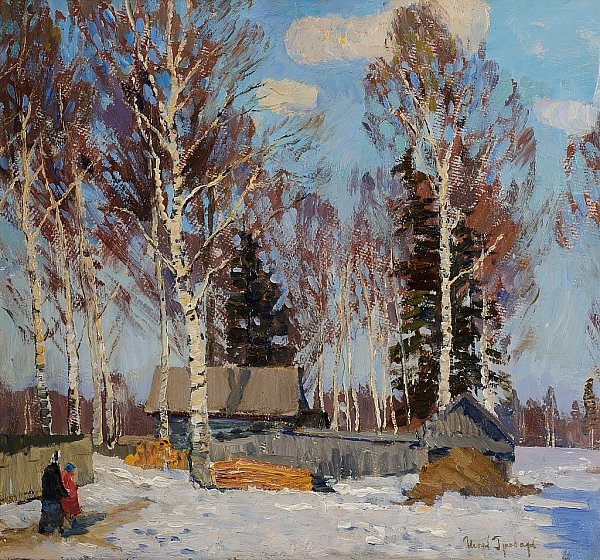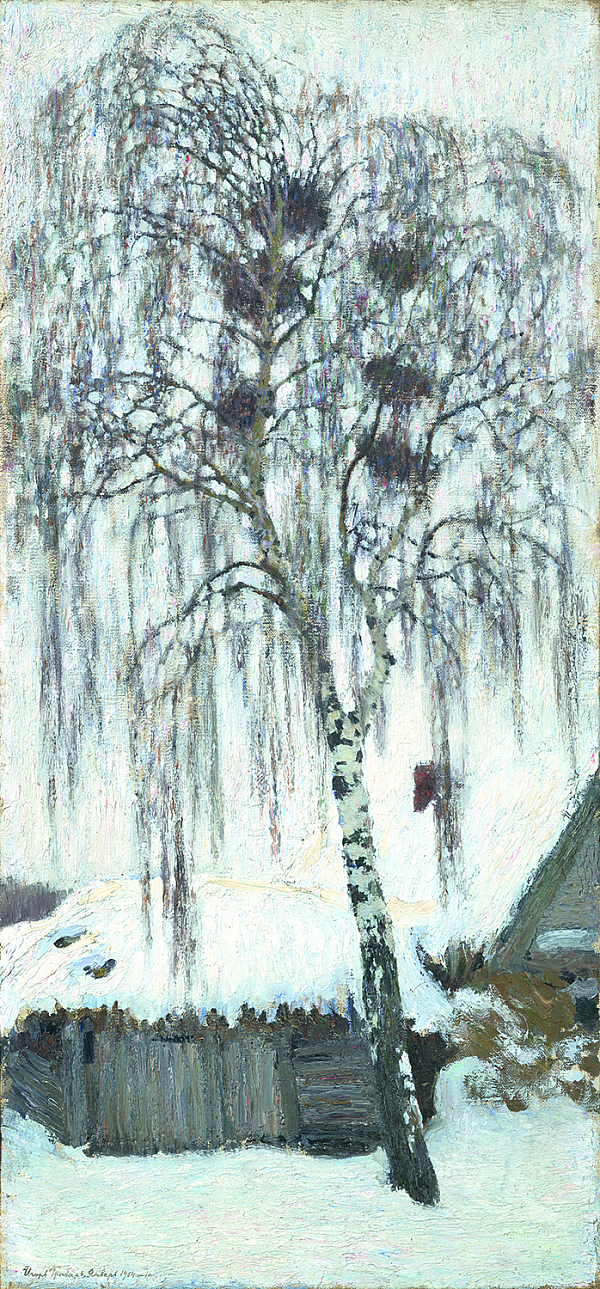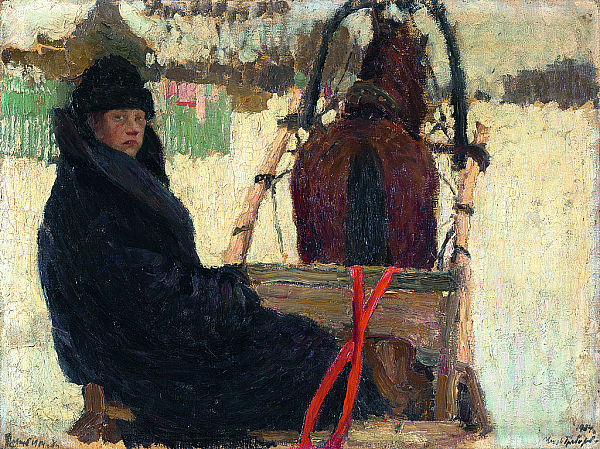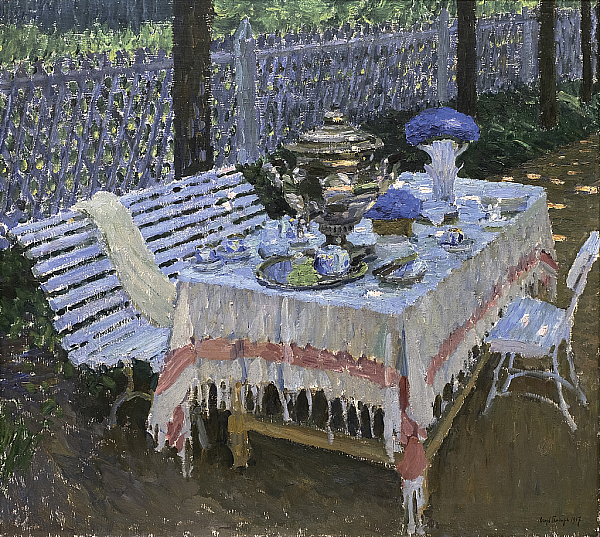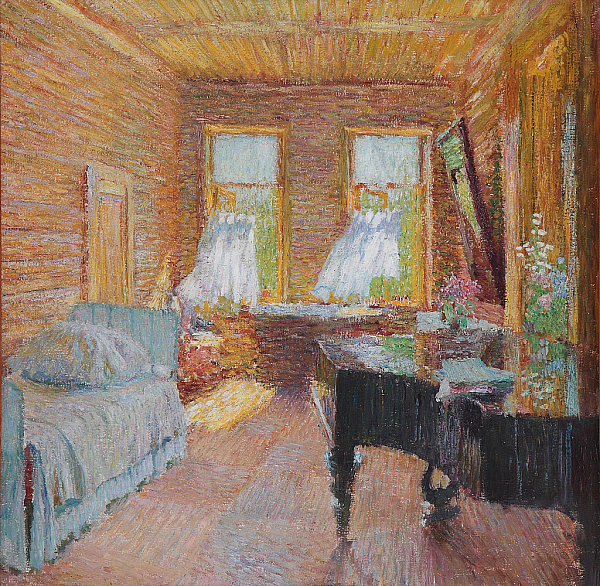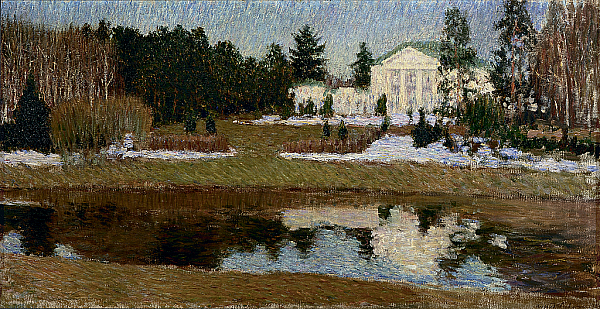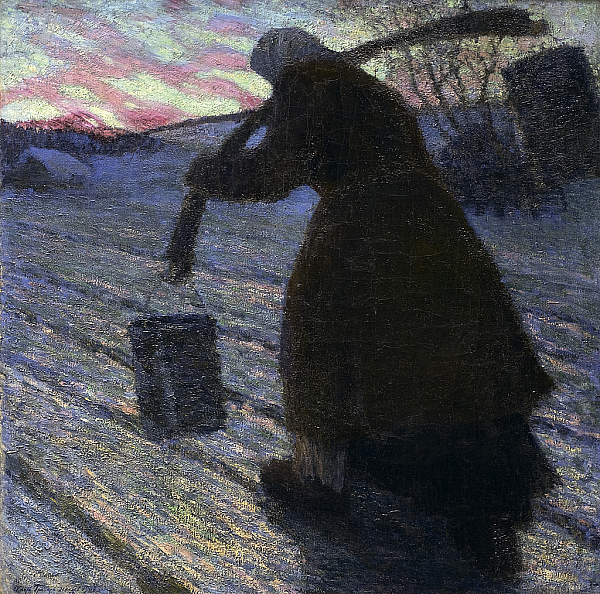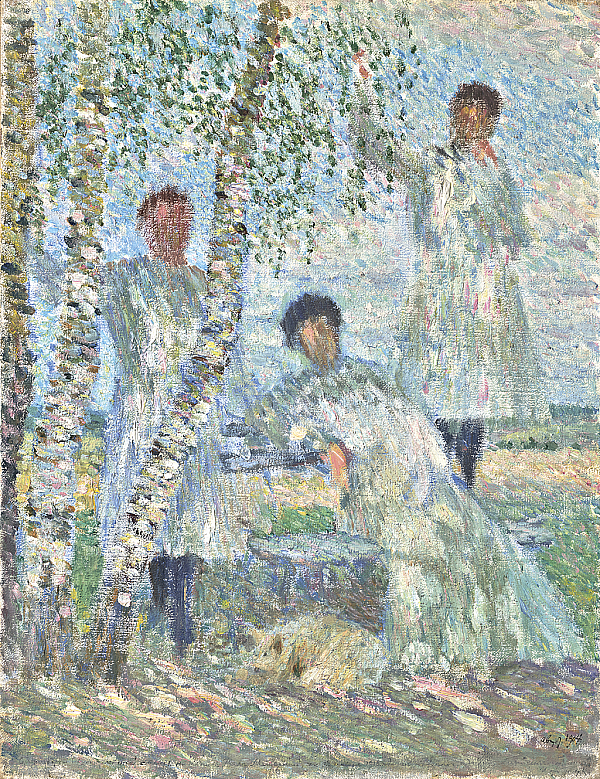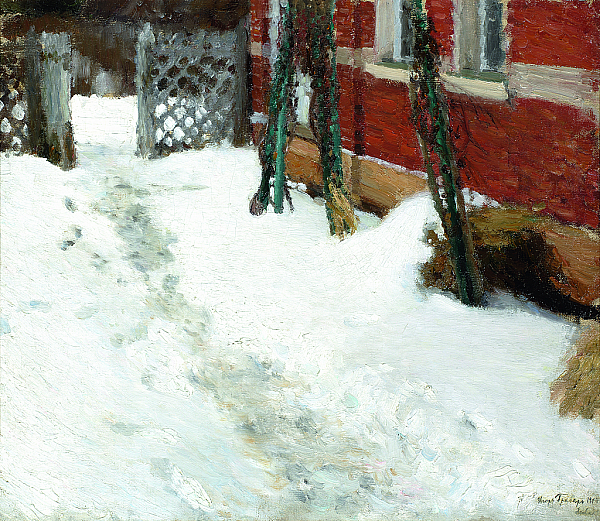Igor Grabar
25.03.1871 - 16.05.1960
“I cannot remember myself doing anything other than drawing; I cannot imagine myself without a pencil, an eraser, watercolours and brushes.” Reflecting upon his childhood years, Grabar recalled that he would draw anything, and everything imaginable and went through “heaps of paper”.
He was born into a Russian family living in Budapest. As a very small boy, Grabar was already sociable, driven and hardworking. He was only eight when he built a real house in his grandfather’s garden – all in all, he was responsible and took everything that he did seriously.
Grabar’s family was involved in politics, particularly in the fight for the rights of Slavs in the Austro-Hungarian Empire. When Grabar was still a young child, both his grandfather and mother were put on trial, and his mother came close to being sentenced to death. Grabar’s father, a member of parliament, was forced to emigrate; after living in several countries, he settled in the Russian Empire under the alias, Khrabrov. His son Igor would use this invented surname to sign his early works.
By the time Grabar was ten years old, he and his father found themselves in Yegorievsk in the Ryazan region. It was there that, for the first time in his life, Grabar met an artist. His name was Shevchenko, and Grabar wrote about him in his memoir: “I was dying to somehow get into his house, to watch him paint, and to see for myself what oil paints were really like. I was beside myself with happiness [when it happened], especially when I smelt the intoxicating, wonderful scent of fresh paints.”
Later, as a secondary school student in Moscow, Grabar spent all his free time at the Tretyakov Gallery, art exhibitions, and with his artist friends. He graduated with distinction and went on to study law at the St. Petersburg University; after classes, he dedicated himself to writing funny stories and drawing illustrations for them.
Unlike his elder brother, Grabar did not become a lawyer: instead he attended the Academy of Arts and later went on to study painting in Paris and Munich.
A renowned artist, he will also be remembered as an art scholar and critic, the author of a classic work on the history of Russian art, and the founder of the Soviet school of art restoration, and most have forgotten that he also served as director of both the Tretyakov Gallery and the Moscow Institute of Fine Art. Thus, it was no accident that the Kukryniksy, the group of three cartoonists famous for their caricatures, drew Grabar at his desk holding both a brush and a quill pen in his hands.
